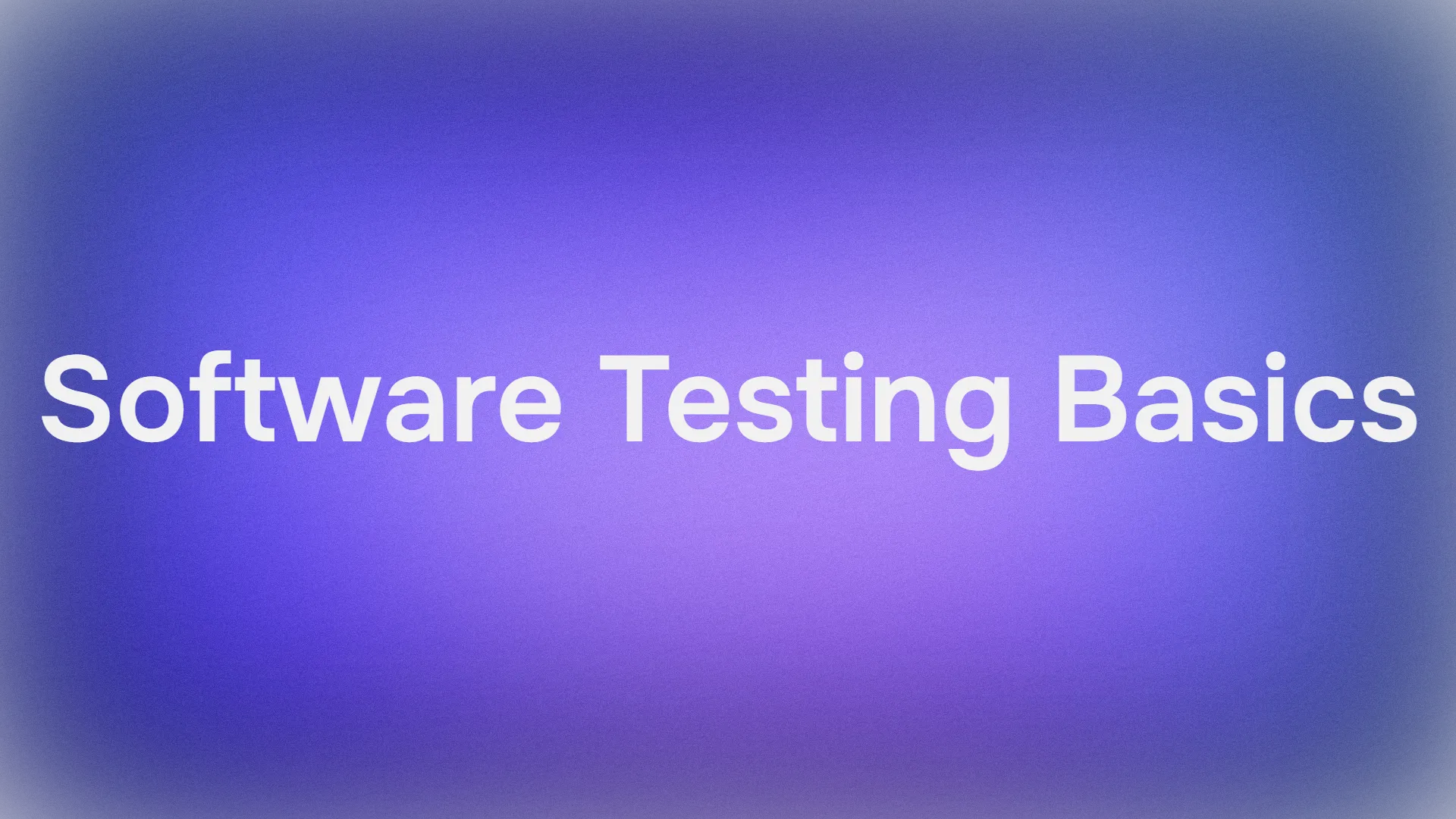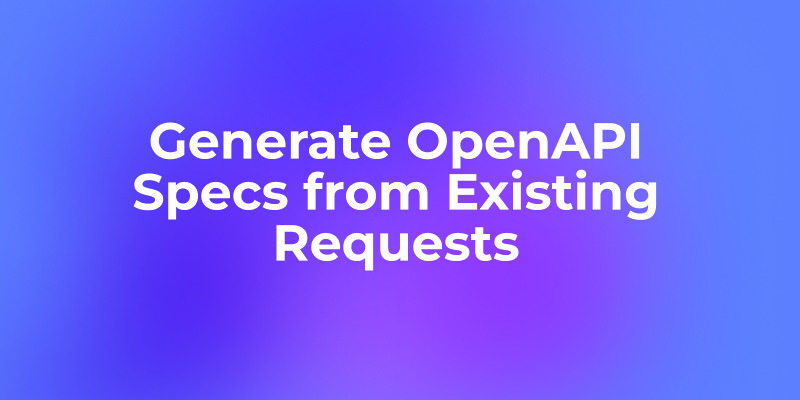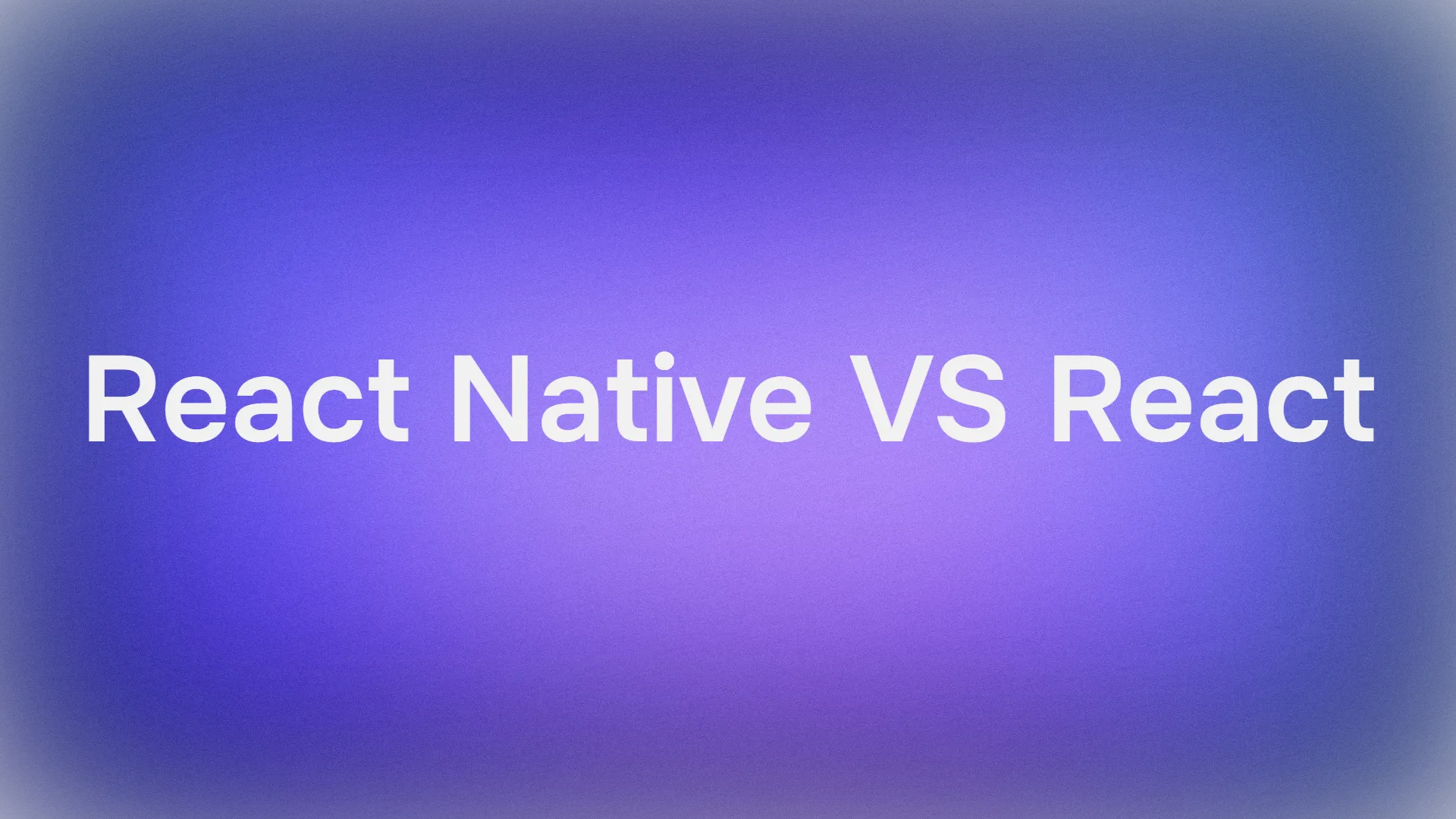Understanding the nuances of web services and APIs is crucial in today's interconnected digital landscape. In this post, we delve into the fundamental disparities between APIs and endpoints, shedding light on their distinct roles in facilitating seamless communication and data exchange between software applications. By unraveling these differences, we aim to clarify these essential components of modern software development and integration.
What is an API?
An API, or Application Programming Interface, is a set of rules and protocols that allows different software applications to communicate with each other. It defines the methods and data formats that applications can use to request and exchange information. APIs are commonly used to enable integration between different systems, allowing them to work together and share data.
How Do APIs Work?:
- APIs follow a request-response cycle:
- A client (e.g., your mobile phone or web browser) sends a request to an API endpoint.
- The server (a bigger computer) processes the request and responds accordingly.
- The communication happens over protocols (like HTTP), which are sets of rules computers follow to talk to each other.
- Key components of an API request:
- URL: Specifies where you want to make the request.
- Method: Determines whether you’re retrieving data (GET), saving new data (POST), or updating existing data (PUT/PATCH).
- Headers: Additional information about the request.
- Parameters: Variables passed to the endpoint (e.g., search query).
- Body Data: Relevant data (e.g., when creating a new resource).
Example Scenario:
- Imagine you’re searching for nature photos on a website (like Unsplash):
- You type “nature” in the search bar.
- Behind the scenes, an API processes your request:
- The client (your device) sends an HTTP request to the server (Unsplash).
- The server responds with a list of nature photos.
- Voilà! You get beautiful nature images for your travel blog.
Types of APIs:
- Web APIs: Used over the web (e.g., RESTful APIs).
- Internal APIs: Within an organization’s systems.
- Open APIs: Publicly accessible for developers.
- Composite APIs: Combine multiple APIs into one.
Why APIs Matter:
- APIs enable seamless integration of services, data sharing, and building powerful applications.
- They’re the backbone of modern software development.
APIs are the secret sauce that makes apps talk to each other—whether it’s fetching photos, sending messages, or accessing data.
Understanding API Endpoints
An endpoint in the context of web services and APIs refers to a specific URL (Uniform Resource Locator) where a service can be accessed. It is essentially the entry point for a particular service or resource on a server. When you request an endpoint, you are essentially communicating with a specific part of the server or web service to perform a particular action or retrieve specific data. Each endpoint typically corresponds to a specific function or resource provided by the API.
How API Endpoints Work
An API endpoint serves as the gateway—a specific URL—through which clients interact with an API to perform specific actions or retrieve data. Think of endpoints as the access points to an API’s functionality and resources. Here’s how they operate:
Resource Representation:
- Each endpoint corresponds to a specific resource or functionality exposed by the API.
- For instance, an API powering a social media application might have endpoints for users, posts, and comments.
Structured URLs:
- An endpoint is a structured URL that clients use to communicate with the underlying system.
- It’s like knocking on a specific door to access a particular room in a vast building.
HTTP Methods:
- Clients send requests to API endpoints using HTTP methods (such as GET, POST, PUT, PATCH, or DELETE).
- These methods indicate the operation to be performed on the resource.
Example Endpoints:
- Consider a simple blogging application with the following endpoints:
/authors: Retrieve a list of users (GET) or create a new user (POST)./authors/:id: Retrieve a specific user (GET), update an existing user (PUT or PATCH), or delete a user (DELETE)./articles: Get a list of articles (GET) or create a new article (POST)./articles/:id: Retrieve a specific article (GET), update an existing article (PUT or PATCH), or delete an article (DELETE).
Request Components:
- When a client interacts with an endpoint, the request includes:
- Method: Specifies the operation (GET, POST, etc.).
- Headers: Additional information about the request.
- Parameters: Variables passed to the endpoint (e.g., category parameter for filtering articles).
- Body Data: Relevant data (e.g., when creating or updating resources).
Client Responsibility:
- The API client assembles the request and sends it to the server.
- The server processes the request based on the specified endpoint and responds accordingly.
API endpoints act as bridges connecting clients and servers, allowing seamless data transfer and resource manipulation.
API vs Endpoint: The Differences
While an API is the whole set of rules and protocols, an endpoint is just a part of it. You can think of an API as a building, and endpoints are the doors to enter that building. Each endpoint corresponds to a specific function or data point in the API.
API (Application Programming Interface):
- An API is like a set of protocols and tools that facilitate interaction between two applications.
- It defines how different software components should communicate with each other.
- APIs allow developers to access specific functionalities or data from another system or service.
- Think of an API as the rulebook that enables seamless communication between applications.
Endpoint:
- An endpoint is a specific location within an API where the actual exchange of data or actions occurs.
- It represents a single URL that corresponds to a particular resource or activity.
- Endpoints are like the doors through which you access specific parts of an API.
- When you send a request to an API, you specify the endpoint to indicate which resource you want to interact with.
| Aspect | API (Application Programming Interface) | Endpoint |
|---|---|---|
| Definition | Set of rules, protocols, and tools for building software applications | Specific URL or URI used to access a particular resource on a server |
| Purpose | Defines how different software components should interact with each other | Represents a specific function or resource provided by the API |
| Interaction | Specifies communication between software components | Entry point for interacting with the API, allowing clients to access functionality or data |
| Access | Can be public or private, open to anyone or restricted to specific users or systems | Accessed through HTTP methods (GET, POST, PUT, DELETE) to perform actions or retrieve data |
| Example | A library or service provided by a social media platform to interact with its data or functionality | /users, /products, /orders - each representing a specific resource or action in a RESTful API |
This table provides a clear differentiation between APIs and endpoints, highlighting their respective roles and characteristics in the context of software development and web APIs. By comparing these aspects, the table helps clarify the key differences between APIs and endpoints, emphasizing their roles, definitions, and functionalities in software development and web APIs.
What is Apidog?
Apidog is an all-in-one toolkit for API development, combining essential features into a single platform. It serves as a powerful solution for teams working on APIs, allowing them to collaborate effectively and produce APIs efficiently. Each team member—whether a developer, tester, or documentation specialist—can leverage Apidog to address their specific needs.

Key Features of Apidog:
- API Documentation: Apidog provides robust API documentation capabilities.
- API Debugging: Debug APIs seamlessly within the platform.
- API Mocking: Generate mock data for testing and development.
- API Automated Testing: Conduct automated testing using Apidog.
- Data Synchronization: Apidog tackles the challenge of data consistency across different systems.

In conclusion, APIs and endpoints are two fundamental concepts in web development. Understanding the difference between them is crucial for both developers and users. So, the next time you hear these terms, you’ll know exactly what they mean!



